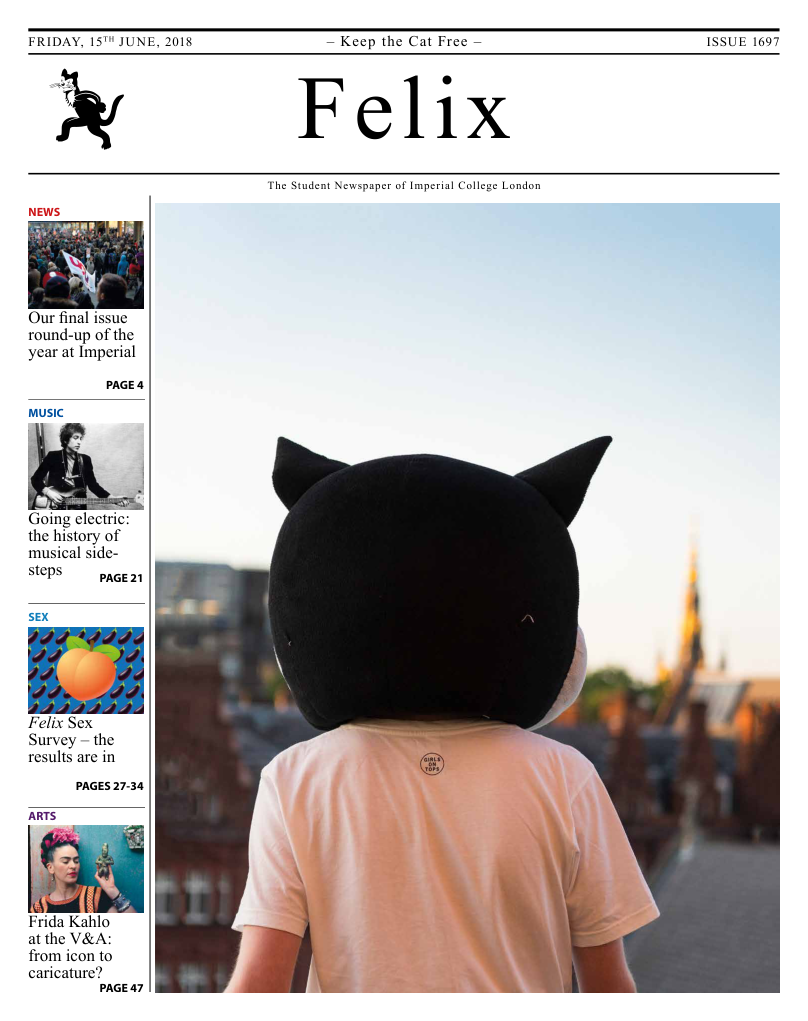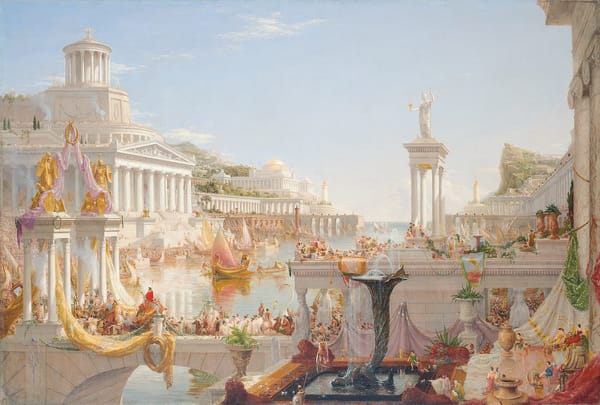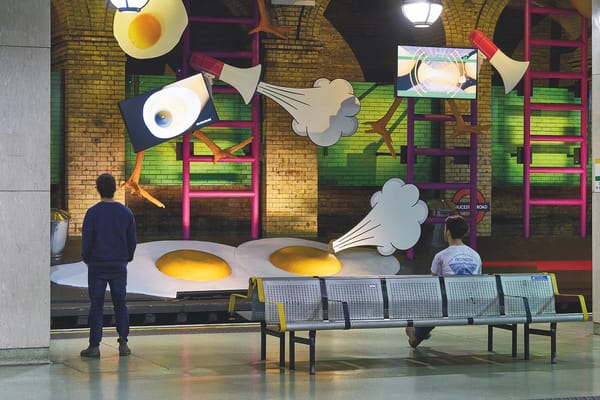Felix recommends: top picks for a summer of culture
As the days grow longer, the cultural offerings in the capital tend to dry up, with people electing to head outdoors rather than sit in the theatre. Rejoice, culture lovers – Felix is on hand with some of the top recommendations for a summer of art and culture.

There’s a strange paradox within the London cultural scene: as soon as summer hits, with the days growing longer, and the evenings stretching out before us to the horizon, theatres and galleries begin to close shop, using the summer months to prepare their new seasons. It’s unfortunate, since July through to September is the period when most of us have more time to go out and explore the city – although, as student loans begin to dry up, this lack of shows and exhibitions might be a blessing in disguise. Never fear – Felix are here, to give you recommendations on all the best cultural things to do this summer, without breaking the bank:
Globe Summer Season
Midsummer is when Shakespeare’s Globe really comes into its own. With the top of the theatre open to the elements, the months through from April to October are the only time the Globe can rely on weather clement enough to run performances. Even then, the notoriously temperamental British climate means you’ll always be taking a bit of a risk when going to see something. It’s all part of the charm of going to the Globe, which is a quintessentially summery London activity. As usual, groundling tickets – for standing in the yard – are only £5 for most performances, making the Globe one of the most accessible theatres in the UK.
This year’s season has some classics from Shakespeare’s repertoire – Hamlet, Othello, Love’s Labour’s Lost – but the team are also putting on a series of talks and workshops exploring how Shakespeare continues to be relevant to the modern day. Discussions, performances, and events will look at race within Shakespeare, as well as the idea of censorship in the world of theatre. New work by Morgan Lloyd Malcolm, Jude Christian, and Matt Hartley will also be performed, while events completely unrelated to Shakespeare – such as the Alternative Miss World competition – will be held in the famous venue.
The Globe’s Summer Season runs through to to October.
**Serpentine Pavilion **
The Serpentine Pavilion, which pops up for a few months in front of the Hyde Park gallery, has become a London summer institution. As Instagram and social media have exploded, the Pavilion has become, more than ever, the place to be seen to be. This year, in its 18th iteration, the commission has gone to Frida Escobedo, a Mexican architect, who will hopefully create a space that feels more intimate and reflective. At 39, Escobedo is the youngest architect to create a pavilion, and has drawn her inspiration from a number of sources: the pavilion itself will be constructed out of cheaply-produced Mexican roof tiles, overlaid in a lattice structure; one courtyard within the space is angled to line up with the Greenwich Meridian, meaning visitors will get to experience a play of light as it reflects off pools of water and the ceiling, changing subtly throughout the day. El Lissitzky’s ‘Proun’ artworks, which interrogate ideas of space and perspective, have also been a key reference point, with Escobedo hoping to create a “space of discovering” within the Pavilion.
While visiting the pavilion, you can also check out the exhibition of Christo and Jean-Claude’s massive sculptural interventions within the urban landscape – previous projects included wrapping the Reichstag in fabric – on display in the main gallery.
The Serpentine Pavillion runs from 15th June to 7th October.
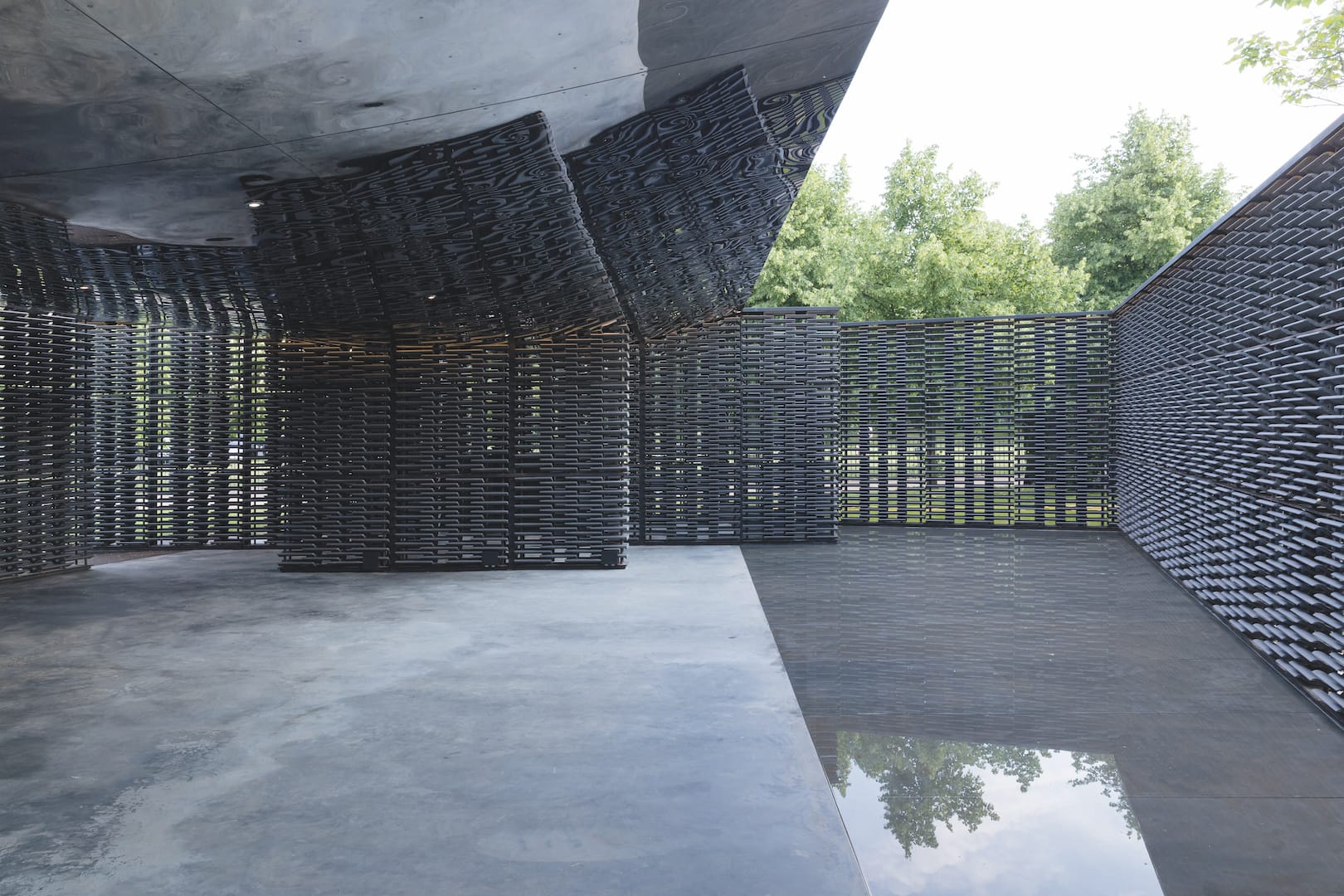
Young Vic – Fun Home
Cartoonist Alison Bechdel may be most famous for the cinematic test that bears her name – does a film have two female characters, who talk to each other about something other than a man? – but her graphic novel Fun Home, released in 2006, is one of the best memoirs to come out in the noughties. It tells the story of Bechdel’s childhood in Pennsylvania, and the tyrannical rule of her father, a high school English teacher and funeral director. Bechdel explores not only her own burgeoning sexuality, but also that of her father, who was in the closet throughout his life. Through a recursive structure, Bechdel traces the events leading up to her father’s death, filtered through a rich, literary layer of allusion and reference.
This summer sees the musical version of the graphic novel, which won five Tony awards, including Best Musical, coming to London’s Young Vic. When it opened in Broadway in 2015, it was critically-acclaimed, with The New York Times calling its score a ‘masterpiece’. It’s sure to be one of the hottest tickets of the summer, so make sure to get in early for a chance to see it.
Fun Home runs 18th June to 1st September. Tickets from £10.
Barbican – Dorothea Lange/Vanessa Winship Double Bill
The Barbican Gallery follow on from their sterling group photography exhibition Unseen Worlds, which looked at those on the fringes of society, with a photographic double bill. Dorothea Lange is best known for her iconic photograph Migrant Mother, which came to be representative of the Great Depression in the USA, as well as her work for the Farm Security Administration (FSA) documenting the plight of sharecroppers. She later went on to cover the internment of Japanese-Americans during the Second World War – a shameful chapter of American history. To both settings, Lange brought her remarkable humanistic eye, showing the individuals behind the mass tragedies.
Her work is paired with Vanessa Winship, the critically-renowned British portrait photographer, whose black and white photographs share the same arresting empathy as Lange’s work. Winner of numerous awards, she works primarily in Eastern Europe, turning her lens onto a range of individuals as she conveys the fragility of both the landscape and the individual.
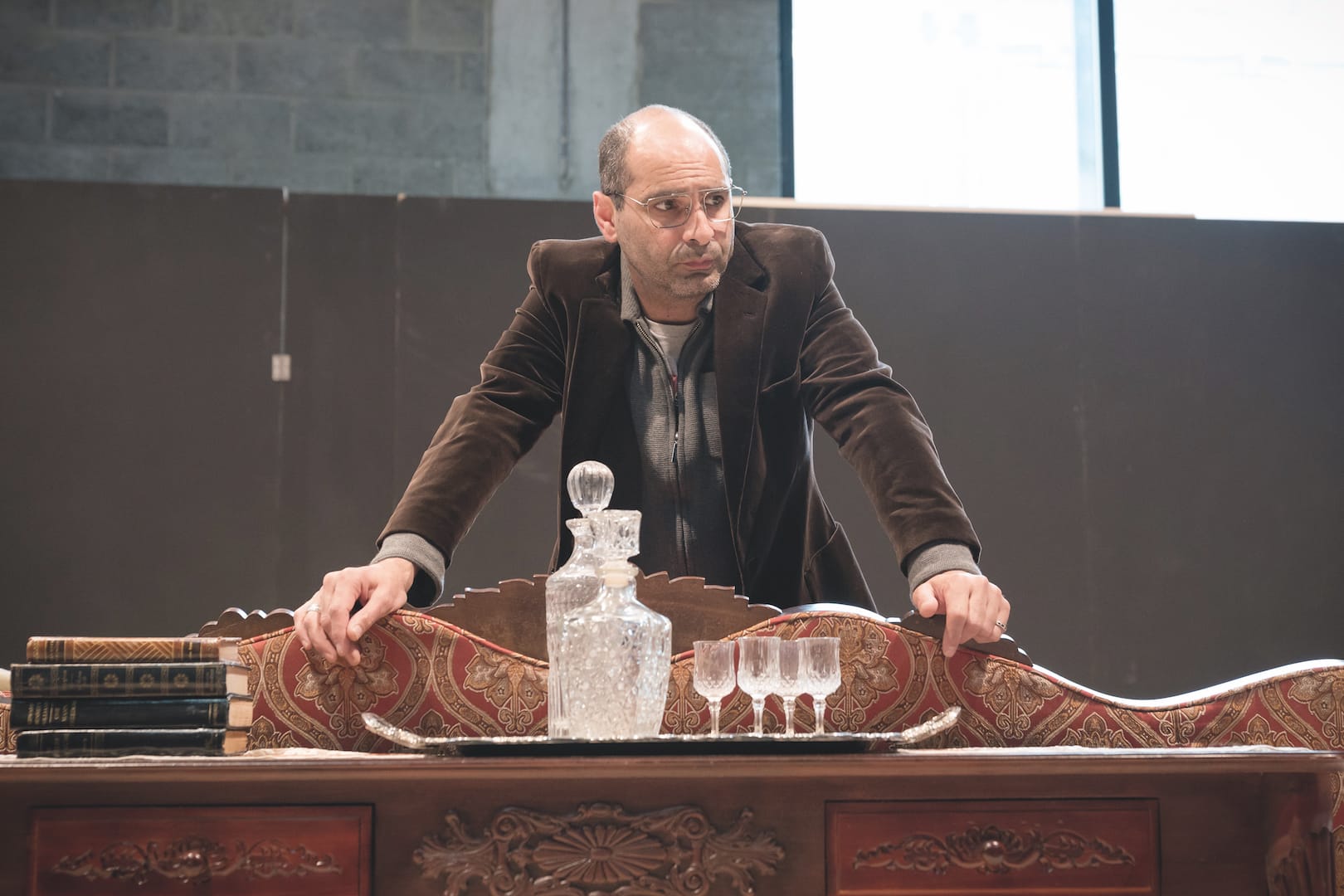
National Theatre – The Lehman Trilogy
Lehman Brothers is a name that, instantaneously, conjures up the ghost of the 2008 financial crash, whose effects are still being felt around the world today. The images of the office workers, carrying out their cardboard boxes on the morning of September 15th, 2008, have become iconic representations of the modern era. This summer, the National Theatre takes on the story of the bank, and how it came to exist, in their production of The Lehman Trilogy, Stefano Massini’s sprawling, epic production. Coming in at nearly four hours long, and told in three parts over the course of an evening, Sam Mendes – director of Skyfall and American Beauty – will be responsible for ensuring it doesn’t run away from us. He will be directing a stellar cast, including Simon Russell Beale, while set designer Es Devlin (The Nether, Chimerica) is to bring a grand sense of scale to the production.
The Lehman Trilogy is on at the National Theatre 4th July to 22nd September. Tickets limited.
White Cube – Memory Palace
London is absolutely filled with independent commercial galleries, which often do individual or group shows of some of the most interesting contemporary artists working today. All too often, however, people avoid them, for fear they’ll stick out like a sore thumb. The White Cube galleries have managed to establish themselves as a sort of halfway house between the tucked away, appointment-only commercial galleries and the major blockbuster venues like the Tate or Royal Academy.
This summer sees them putting on one of their largest group shows in recent memory, split between their two London galleries in Bermondsey and St. James’s. Memory Palace promises to be an exhibition that will “inspire reflection on the forms and themes of memory.” It features over forty artists, including the who’s who of contemporary art: Eddie Peake, Antony Gormley, Cerith Wyn Evans – the list goes on. The exhibition also promises to be a highly-international affair, with exhibited artists ranging from Mona Hatoum, whose evocative installations challenge our visions of the world, to He Xiangyu, who explores the contradictions inherent in modern industrial society.
Memory Palace is on at the White Cube Bermondsey and Mason’s Yard 11th July to 2nd September. Free admission
Tate Modern – Christian Marclay: The Clock
Sometimes, the idea for a work of art is so brilliantly simplistic, you wonder why it hasn’t been thought of before. This was surely the reaction to Christian Marclay’s installation piece The Clock, which debuted at the White Cube in London back in 2010, and returns to the UK for the first time in seven years. The Clock is a 24-hour video, running on a loop, in which Marclay has compiled a wide range of film and TV scenes featuring clocks, timepieces, or references to the time. The film tells the correct time – so if you visit it at 2.30pm, the scenes will be showing clocks at that exact minute. At once simplistic and complex, the piece took over three years to create, and won the Golden Lion at the Venice Biennale when it was exhibited.
Previous iterations of The Clock have seen lengthy queues, but – with the Tate Modern showing it through until January – there will be a long time for Londoners to catch it. Within the shots, Marclay builds up his own sense of rhythm, grouping similar shots together to manipulate the audience’s emotions, creating feelings of tension, drama, and tenderness. Once a month, the Tate Modern will stay open all night, giving cinephiles and art-lovers alike the chance to see the piece in all its glory.
The Clock is on 14th September 2018 to 20th January 2019. Admission free.


